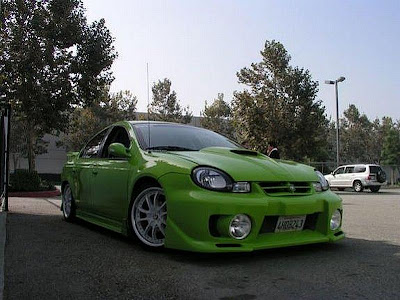The Dacia Duster project was born from a simple premise that there is a real need in the world for, comfortable and affordable 4x4 rough, classes that are currently not served well. Recognizing this gap, the Renault group decided to develop an all-terrain vehicles originally intended for emerging markets. European customers' needs are also taken into account from the beginning of the project.
In the market (Russia, Brazil, etc.), the middle class aspires to own a modern car that reflects their social status. At the same time, they want a strong car most reliable, flexible and able to stand up to the demands of the climate and conditions that can be difficult and diverse (long distance, difficult terrain, used in large built-up area). Bid now largely dominated by imported SUVs, which are often beyond the means of pricing the middle classes. In Europe, Dacia's success has highlighted the need for a modern, reliable and affordable cars. Although many 4x4s and SUVs when large enough, it ignores the call for a vehicle, all-terrain functional affordable, profitable and not expensive SUVs often do not match the needs of off-road driving.
Dacia Duster benefits from Renault's recognized expertise in the field of safety. News features Bosch ABS 8.1 4x4, and electronic brakeforce distribution EBV and emergency brake assist. On the passive safety front, a Duster Dacia come as standard with two front airbags (depending on market) and three-point safety belts with load limiters for the front seats. Depending on the version, the two heads of lateral / thorax side airbags mounted in the driver's and front passenger airbags to provide extra protection in case of side impact. Pyrotechnic pretensioners for front seats (depending on version) complete Duster Dacia's retention system. In addition to firmly hold the breasts in place, they restrict the movement forward in the case of a frontal impact with a belt tightening around the chest and lap.
Particular attention has been paid to anti-corrosion protection thanks to some precautions:
In the market (Russia, Brazil, etc.), the middle class aspires to own a modern car that reflects their social status. At the same time, they want a strong car most reliable, flexible and able to stand up to the demands of the climate and conditions that can be difficult and diverse (long distance, difficult terrain, used in large built-up area). Bid now largely dominated by imported SUVs, which are often beyond the means of pricing the middle classes. In Europe, Dacia's success has highlighted the need for a modern, reliable and affordable cars. Although many 4x4s and SUVs when large enough, it ignores the call for a vehicle, all-terrain functional affordable, profitable and not expensive SUVs often do not match the needs of off-road driving.
Dacia Duster benefits from Renault's recognized expertise in the field of safety. News features Bosch ABS 8.1 4x4, and electronic brakeforce distribution EBV and emergency brake assist. On the passive safety front, a Duster Dacia come as standard with two front airbags (depending on market) and three-point safety belts with load limiters for the front seats. Depending on the version, the two heads of lateral / thorax side airbags mounted in the driver's and front passenger airbags to provide extra protection in case of side impact. Pyrotechnic pretensioners for front seats (depending on version) complete Duster Dacia's retention system. In addition to firmly hold the breasts in place, they restrict the movement forward in the case of a frontal impact with a belt tightening around the chest and lap.
Particular attention has been paid to anti-corrosion protection thanks to some precautions:
- Underbody wax-injected hollow sections and open the panel.
- Fragrant resin sealing of exterior joints.
- Treatments extra wax underbody mechanical components.
- Stone-chip protection for the underbody, sill and wheel arches.
Labels: 2011 Cars., Dacia









